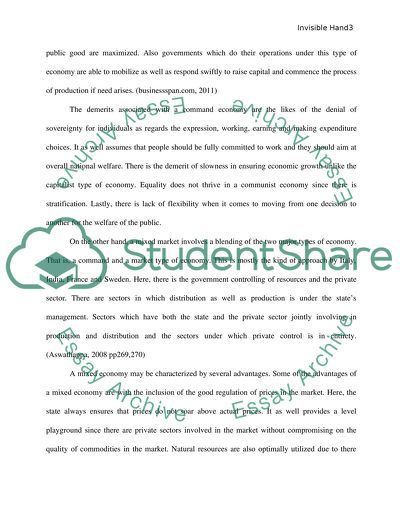Cite this document
(“Economics for Business and Management Essay Example | Topics and Well Written Essays - 2750 words”, n.d.)
Retrieved from https://studentshare.org/environmental-studies/1415709-economics-for-business-and-management
Retrieved from https://studentshare.org/environmental-studies/1415709-economics-for-business-and-management
(Economics for Business and Management Essay Example | Topics and Well Written Essays - 2750 Words)
https://studentshare.org/environmental-studies/1415709-economics-for-business-and-management.
https://studentshare.org/environmental-studies/1415709-economics-for-business-and-management.
“Economics for Business and Management Essay Example | Topics and Well Written Essays - 2750 Words”, n.d. https://studentshare.org/environmental-studies/1415709-economics-for-business-and-management.


